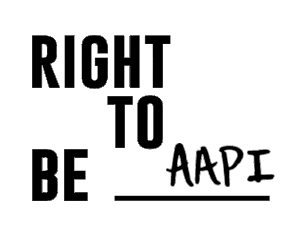
There is no perfect or easy way to respond to harassment. And when workplace dynamics enter the mix, it can often feel all the more complicated, frustrating, and even traumatic. If you’re experiencing workplace harassment, this resource is designed to help you explore your options and select the path to respond that’s best for you. Below are the leading options we see people taking, along with some of their main pros and cons.


Contact the EEOC to report harassment to the federal government, and contact state agencies to report it locally.
When considering this option, it helps to know that legal definitions of harassment unfortunately don’t encompass all forms of harassment (yet). Legal professionals will look specifically for evidence of a “hostile work environment” – which in the eyes of the law is constituted by “severe and pervasive” harassment – or “quid pro quo” harassment. What does this mean, exactly? Well, in most US states, this law implies that an employer can, for instance, nonconsensually kiss their employees, and it wouldn’t qualify as “harassment” because it isn’t considered “severe and pervasive.” This is changing, but slowly.

Leaving a job where you don’t feel safe is as valid an option as the others listed here. When considering this option, it may be helpful to affirm for yourself that whether you quit or not, it shouldn’t be your responsibility to change in the first place. The person who harmed you should have to change their behavior.


We encourage you to evaluate thoroughly the potential impact of each option in your specific situation. We know this is hard and unfair. There is no “perfect” or “right” response to harassment; you never asked for this. Selecting the option that works for you is not as challenging as actually implementing it.
In over 15 years of experience, we’ve learned that the aftermath of harassment in the workplace can be worse than the initial incident itself. This is especially true in entry-level or low-wage jobs.
To talk with someone about your options, check out our partners at Empower Work. They offer free, confidential support with workplace issues from trained peer counselors. You can reach them by texting RightToBe to 510-674-1414.
To learn more about workplace harassment, take a look at our guide to defining workplace harassment in the US.
YOU ARE POWERFUL
Experiencing harassment or want
to support those who are?
You aren't alone! Click to either share your story or
read and support others.

